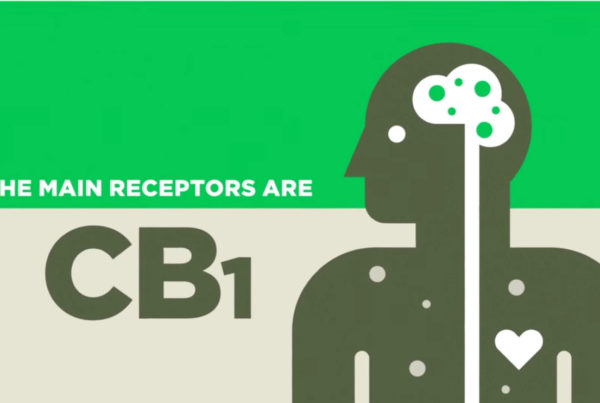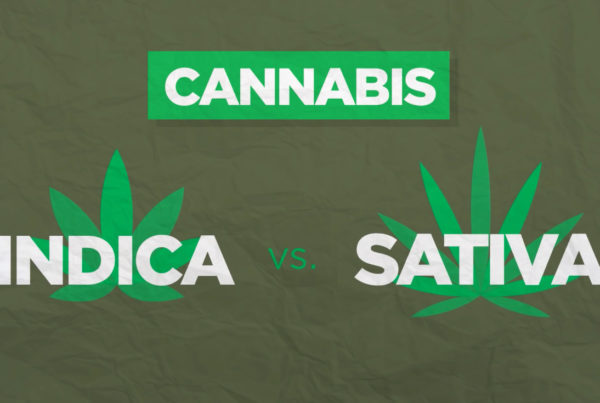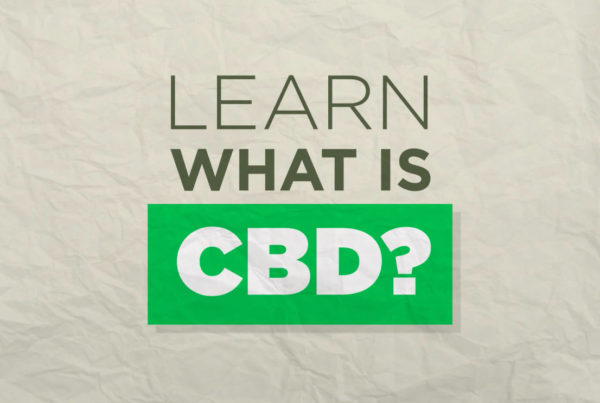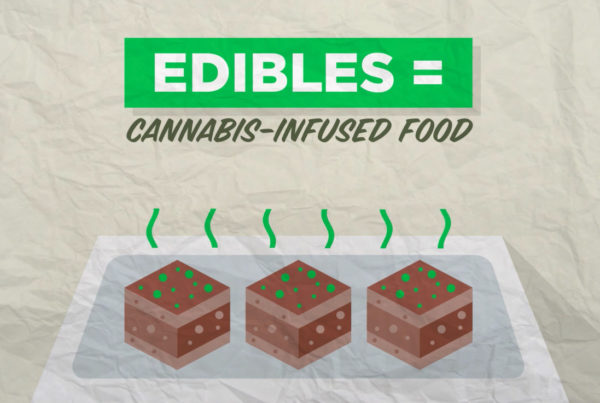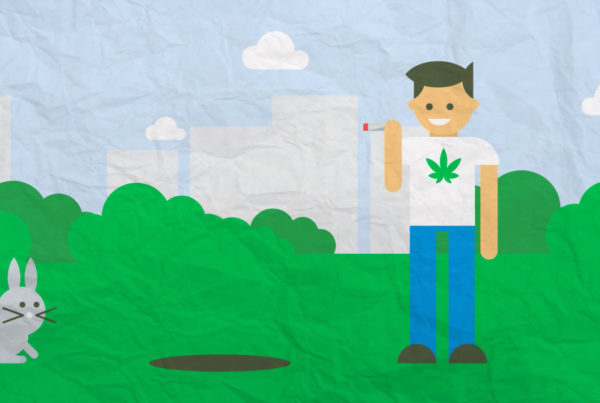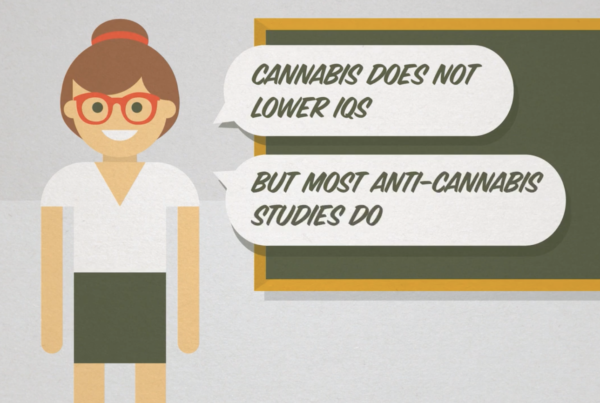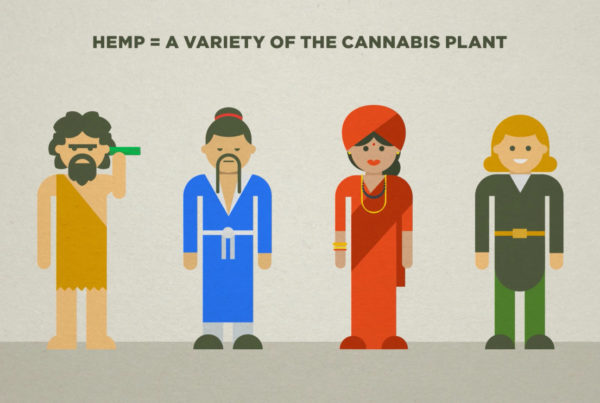A study by the International Association of Plant Taxonomy explained that marijuana and hemp are both of the same genus (cannabis) and species (sativa), but hemp by definition has only trace amounts of tetrahydrocannabinol (THC). For this reason, smoking hemp will not produce a psychoactive high. Despite this fact, the Marihuana Tax Act of 1937 still outlawed the cultivation of hemp in the United States. For this reason, conspiracists often argue that William Randolph Hearst, the Du Pont family, Andrew Mellon and other tycoons pushed for hemp prohibition as a way to protect their business interests, including paper and nylon production. The conspiracy theories may or may not be true, but the cotton industry has enough clout to extract about $600 million in federal subsidies each year, which often go to absentee millionaire farmers. What is more certain is that hemp is on the verge of a comeback.
With the Canadian hemp market raking in about $1 billion a year, the U.S. finally loosened its prohibition on hemp. A provision in the 2014 farm bill removed research-related hemp from the federal Controlled Substances Act (CSA), which had classified it as fully illegal Schedule I substance. The move was not a full repeal of the prohibition, and challenges still exist since it can be difficult to tell the difference between hemp and psychoactive cannabis. However, the hemp comeback has turned the corner, and a deeper cotton vs. hemp debate is heating up.

